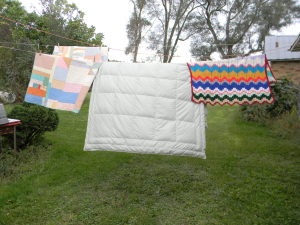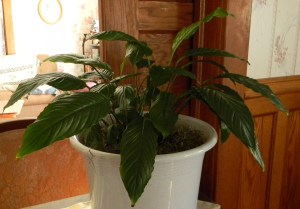A lot of my posts discuss the technical side of issues such as 3D printing. They’re a clinical treatment of a technical topic—devoid of sentimentality. Of course, this is a natural outcome of the kind of writing that I do. Most of my books contain accessibility aids in them because I strongly believe in the power of the computer to level the playing field for those who need a little extra help to be productive. Some of the things I’ve seen during my career have just amazed me and I’m sure that I’d be even more amazed were I to see it all. However, the technology I present is often faceless and lacks that human touch that really is needed to convince people about the validity of using technology to make life easier for those around us. That’s why a recent Parade article, How 3-D Printing is Transforming Everything from Medicine to Manufacturing, struck such a chord with me.
No longer is the technology faceless. You hear about how 3D printing has helped a real little girl live a normal life. The look on Anastasia Rivas’ face tells the whole story. It’s the same look that I’ve seen before when people’s lives are transformed by accessible technologies and it’s the same look that continues to drive me to cover accessibility in every book I write, in every way I possibly can. For me, technology isn’t about games or productivity software; it’s about making a difference in people’s lives—helping them do more with every asset they have. It’s the reason that I’d love to see fully secure, ultimately reliable, and easy to use software sometime in my lifetime, even though such a goal seems absurdly unrealistic today.
The point of this post is that the software you develop has real implications for real people. There is a tendency by developers to view software as an abstraction—as something that simply exists. In fact, there is a tendency to view software simply as a means to an end, but software and the hardware it runs on is so much more. I usually leave out the specific “who” part of an article to help you better concentrate on the technology you’re using. However, after seeing the Parade article, I just had to say something about a specific person affected by the technology that we all use and create as developers.
When you write software, make sure you consider the specific “who” of that software. Specifically who will use the application and what are the needs of that specific person? It’s a question we all need to answer despite the tendency to view software in the abstract. Let me know your thoughts about the human face of technology at [email protected].



